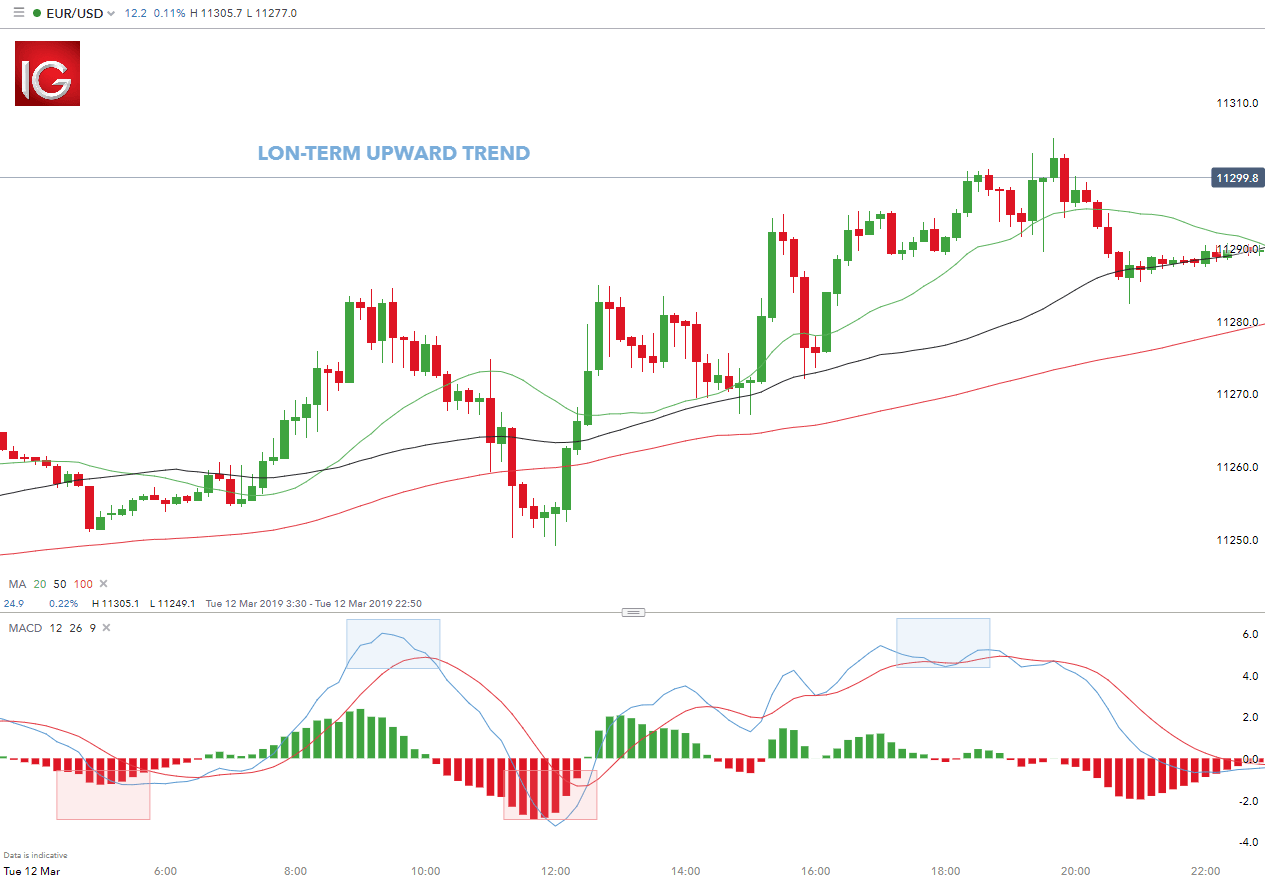- what is put options trading.
- forex xtrade;
- A Beginner's Guide to One of the Most Popular Investment Techniques!
Measure content performance. Develop and improve products. List of Partners vendors.
Member Sign In
Riding the yield curve is a trading strategy that involves buying a long-term bond and selling it before it matures so as to profit from the declining yield that occurs over the life of a bond. Investors hope to achieve capital gains by employing this strategy. As a trading strategy, riding the yield curve works best in a stable interest rate environment where interest rates are not increasing. Additionally, the strategy only produces excess gains when longer-term interest rates are higher than shorter-term rates. The yield curve is a graphical illustration of the yields of bonds with various terms to maturities.
The graph is plotted with interest rates on the y-axis and increasing time durations on the x-axis.
- 8 most Important Features of a Winning Trading Strategy.
- what does put options mean in stocks;
- Bond and Money Markets: Strategy, Trading, Analysis - 1st Edition!
Since short-term bonds typically have lower yields than longer-term bonds, the curve slopes upwards from the bottom left to the right. This term structure of interest rates is referred to as a normal yield curve. For example, the rate of a one-year bond is lower than the rate of a year bond in times of economic growth.
In bond markets, prices rise when yields fall, which is what tends to happen as bonds approach maturity. Riding the yield curve involves buying a bond with a longer term to maturity than the investor's expected holding period in order to produce increased returns.

Typically, fixed-income investors purchase securities with a maturity equal to their investment horizons and hold to maturity. However, riding the yield curve attempts to outperform this basic and low-risk strategy. When riding the yield curve, an investor will purchase bonds with maturities longer than the investment horizon and sell them at the end of the investment horizon.
This strategy is used in order to profit from the normal upward slope in the yield curve caused by liquidity preferences and from the greater price fluctuations that occur at longer maturities. In a risk-neutral environment, the expected return of a 3-month bond held for three months should equal the expected return of a 6-month bond held for three months and then sold at the end of the three-month period. In other words, a portfolio manager or investor with a three-month holding period horizon buys a six-month bond—which has a higher yield than the three-month bond—and then sells the bond at the three-month horizon date.
Riding the yield curve is only more profitable than the classic buy-and-hold strategy if interest rates stay the same and do not increase. Thank you for selecting your broker. Please help us personalize your experience.
Make Money Using a Dividend Growth Investing Strategy
Individual Investor. Your personalized experience is almost ready. Welcome to ETFdb. Sign up for ETFdb. Thank you!
Count on Covered Calls
Dividend capture is an attempt to earn more than the standard four dividend payments per year. The dividend capture stock market strategy attempts to buy high-yield stocks to collect the dividend and then sell the shares as soon as possible so the capital can be used to buy another dividend-paying stock. Several issues can derail the strategy, including holding periods for tax issues and sharing price drops that can negate the dividend earnings. Trading with a specific pair of stocks to generate dividend income can offset some of the capture strategy problems.
A corporation will issue a declaration of each dividend to be paid with the amount, a record date and a payment date.
More Articles
A stock goes ex-dividend two business days before the record date, and a trader must own shares before they go ex-dividend to receive the payment. On the ex-dividend date, the share price drops by the amount of the dividend, preventing a one or two-day turnaround trade to collect the dividend. In addition, the tax rules also require a day holding period for a distribution to qualify for the significantly lower tax rate imposed on the dividends paid by most corporations.
In stock trading, a long position comes from buying shares to hold in your account. You can pairs trade for dividends by selecting two stocks with spaced out ex-dividend dates. The two companies should be in the same industry sector so that the share prices closely track each other.
Work out a schedule so that by selling one and buying the other on the same day between the ex-dividend dates, you break the year into six day holding periods, allowing you to collect six quarterly dividends during the year. If the yields on the two stocks are similar, you will increase your dividend income by 50 percent compared to a buy-and-hold strategy with one of the stocks.